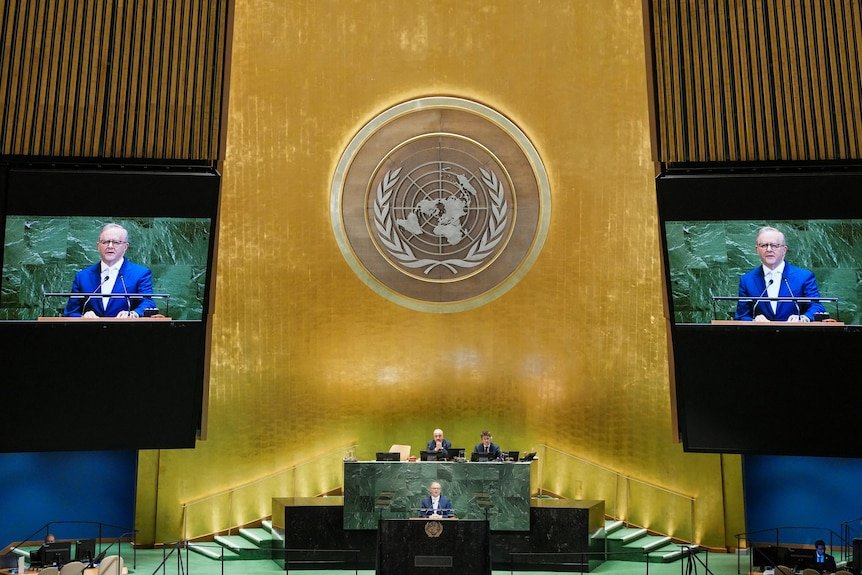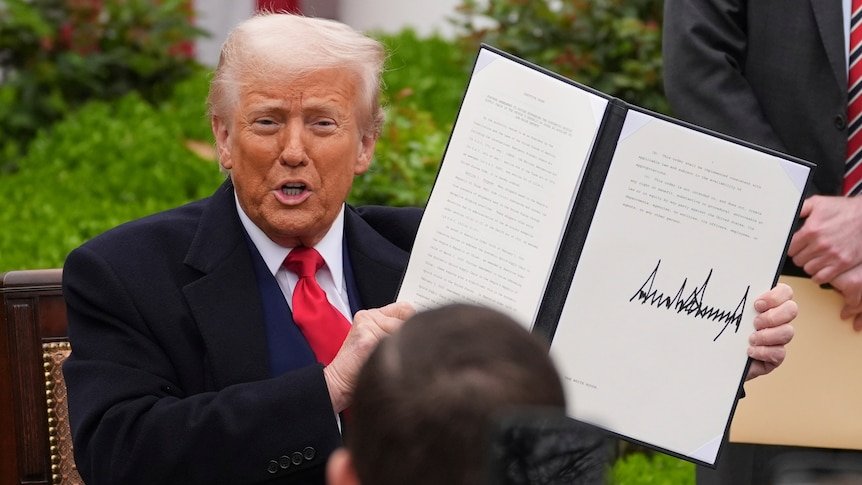Positive policy developments and technical indicators point to the Bitcoin market being well-positioned to reach new trading highs in the second half of 2025. As traditional financial markets evolve under central bank policies and geopolitical dynamics, the cryptocurrency sector is witnessing a surge in momentum driven by favorable macroeconomic conditions and institutional adoption. Nathan Batchelor of Biyond highlights that the convergence of regulatory clarity, growing institutional interest, and macroeconomic tailwinds has created a fertile environment for Bitcoin to break out of its long-standing consolidation phase and enter a new bullish cycle.
One of the most significant catalysts in this environment is the shifting monetary policy landscape in the United States. Major brokerages, including Barclays, BNP Paribas, and Deutsche Bank, have revised their expectations for a 25-basis-point U.S. Federal Reserve rate cut in September 2025, following Chair Jerome Powell’s comments at the Jackson Hole symposium. Powell emphasized the Fed’s evolving stance toward labor market risks, signaling a shift in the central bank’s approach to monetary policy. This development has recalibrated market expectations, with the CME FedWatch Tool now pricing in an 87% probability of a rate cut in September. As interest rate environments normalize, the cost of capital for alternative assets like Bitcoin is expected to become more attractive, potentially increasing inflows into the cryptocurrency market.
Simultaneously, the broader global financial architecture is witnessing a transformative shift with the rise of stablecoins. The U.S. GENIUS Act, which provides a federal framework for the issuance of dollar-backed stablecoins, has created a regulatory environment that could facilitate the expansion of stablecoin use in cross-border transactions and digital finance. This development is particularly relevant to the Bitcoin market, as stablecoins serve as a critical on-ramp for capital to flow into and out of crypto assets. The potential for a $1.75 trillion expansion in dollar-backed stablecoins by 2028, as forecasted by industry estimates, could significantly boost liquidity and volatility in the Bitcoin market, enabling more sophisticated trading and hedging strategies.
However, this digital monetary evolution is not without geopolitical implications. China has expressed concerns over the rise of dollar-backed stablecoins, viewing them as a potential threat to its monetary sovereignty and economic control. In response, Beijing has accelerated its digital yuan (e-CNY) initiatives and is exploring the possibility of launching yuan-backed stablecoins, particularly through Hong Kong. While the e-CNY has struggled to gain widespread adoption domestically, the introduction of offshore renminbi stablecoins could allow China to test and refine its digital currency strategy without directly challenging its capital controls. This dual-track approach to digital money reflects a broader effort to maintain financial autonomy in the face of global digitalization.
The interplay between monetary policy and digital finance is further amplified by the strategic use of crypto assets by high-profile individuals and families. For example, the Trump family has increasingly positioned its wealth within the crypto ecosystem, with 40% of its $2.9 billion net worth now tied to digital assets. As Eric Trump’s involvement in Hong Kong’s crypto ecosystem underscores, the family’s exposure to digital assets is not only a financial decision but also a geopolitical one. China’s growing influence over Hong Kong-based crypto exchanges and its ability to manage liquidity in the digital asset market give it leverage over such high-net-worth individuals, adding another layer of complexity to the evolving crypto landscape.
Looking ahead, the Bitcoin market is poised to benefit from a combination of favorable macroeconomic conditions, regulatory progress, and institutional adoption. However, it will also need to navigate the geopolitical tensions and regulatory challenges that come with the rise of digital finance. As stablecoins and central bank digital currencies (CBDCs) reshape the global monetary system, Bitcoin’s role as a decentralized store of value and hedge against fiat instability is likely to become more prominent. Whether the market can sustain its upward trajectory will depend not only on its own fundamentals but also on the broader dynamics of global monetary policy and digital innovation.
Source:
[1] title1 (https://www.reuters.com/business/major-brokerages-pivot-sept-fed-rate-cut-powells-labor-warning-2025-08-25/)
[2] title2 (https://www.cfr.org/article/why-china-scared-dollar-stablecoins-and-how-it-will-respond)
[3] title3 (http://cepr.org/voxeu/columns/new-currency-war-us-china-digital-rivalry-test-monetary-discipline)
[4] title4 (https://cointelegraph.com/news/china-control-trump-family-wealth)









